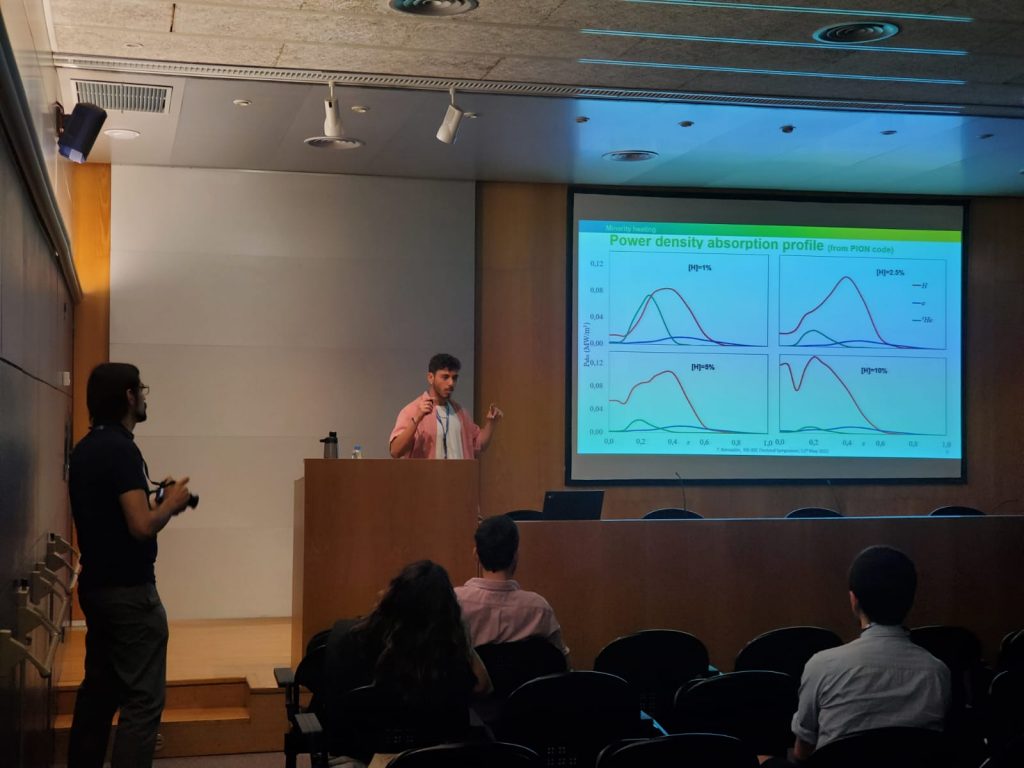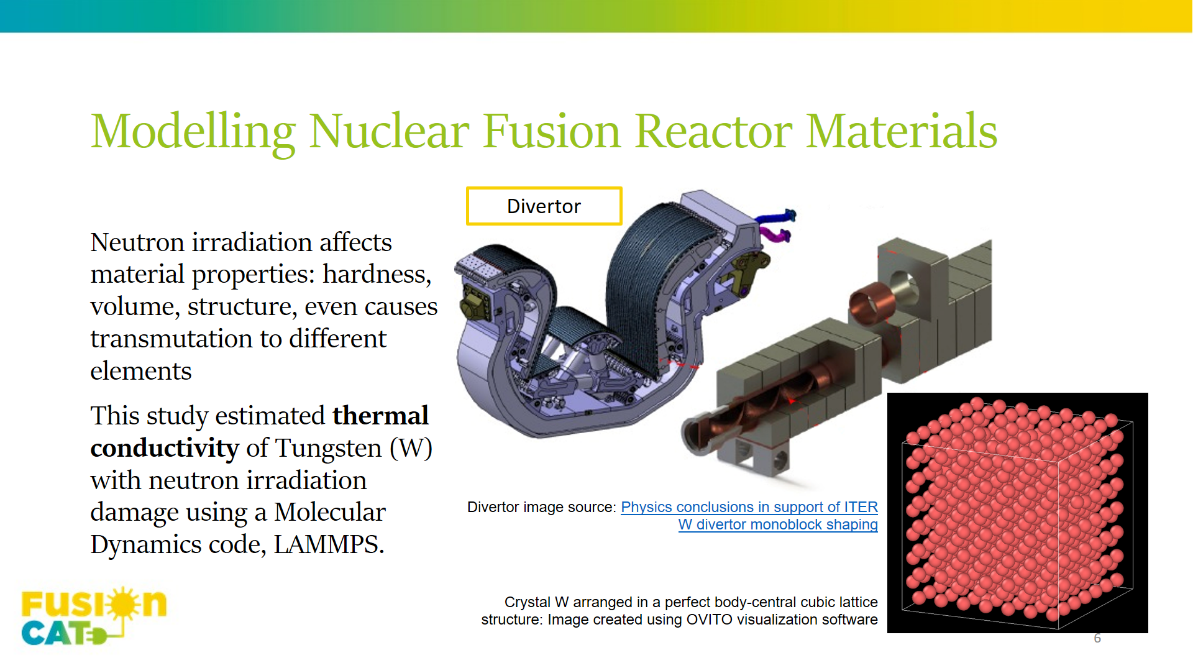
After two years of virtual conferences, the 9th BSC Doctoral Symposium came back as an in-person event that took place from 10 to 12 May in the campus of Universitat Politècnica de Catalunya (UPC), Barcelona, Spain. Over the three days, numerous students and postdoc researchers presented their work on a wide range of research areas ranging from Electronic and Atomic Protein Modelling, Earth Systems services, Propulsion Technologies and Computer Architecture to HPC techniques and algorithms in Computer Science.

In the welcome session, BSC Associate director Josep Mª Martorell emphasized a unique and valuable aspect of doing a PhD or postdoc at the Barcelona Supercomputing Center (BSC), which is that you are in close proximity to other researchers working on vastly different topics from your own. In his PhD experience and in that of the session chair, Maria Ribera Sancho, it was difficult to talk to researchers who weren’t focused on your area due to the divisions between the faculties and departments into different buildings. He expressed enthusiasm and hope for participants at the symposium to forget their own research groups for a time, talk to people in different disciplines, and enjoy!
The keynote speaker was Bastian Koller, Managing Director of the High Performance Computing Center Stuttgart (HLRS), who spoke about competences as the key to success for strong technological developments. He emphasized the importance of alignment between future National Competence Centers in HPC in Europe with the needs and capabilities of users in academia and industry. The key question lies in how new advances in efficient computing methods can be utilized in scientific software being developed today.

Three members of the BSC Fusion group presented contributed oral papers in the fourth talk session on Simulations and Modelling, chaired by Fusion group member Dani Gallart, which Adriana Ghiozzi, Oriol Fernández and Ezequiel Goldberg from our group attended.
Mátyás Aradi presented “Numerical Simulations for the Atomic Beam probe”, in which he spoke about the trajectory solver and synthetic diagnostic tools that he has been working on. In her talk “Nuclear Fusion Reactor Materials: Modelling Atomic-Scale Irradiation Damage in Metal”, Mary Kate Chessey spoke about using a Molecular Dynamics code to model the changes in thermal conductivity in the tungsten divertor due to irradiation damage. Lastly, Tomás Bensadón talked about modelling different Ion Cyclotron Radio Frequency (ICRF) heating schemes to study how they affected the evolution of the plasma in ITER, in his presentation “Preparing plasma heating in ITER using integrated modelling”.

The symposium ended with some closing remarks from Maria Ribera and a lot of interesting conversations under the sun in the BSC Til·lers terrace.
The FusionCAT project (001-P-001722) has been 50% co-financed with € 1.960.963,66 by the European Fund for Regional Development of the European Union within the framework of the 2014-2020 ERDF Operational Program of Catalonia, with the support of the Generalitat of Catalonia.

